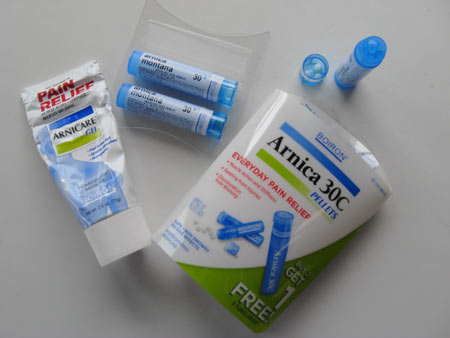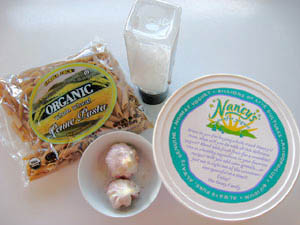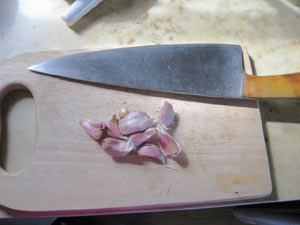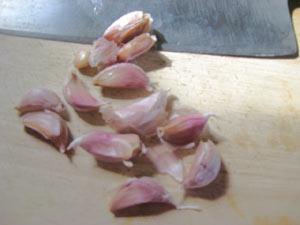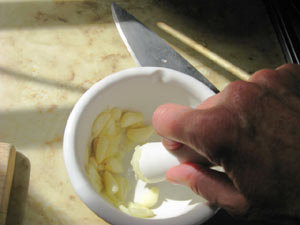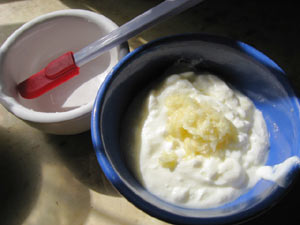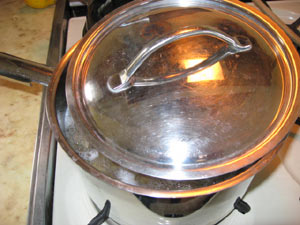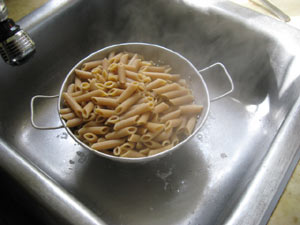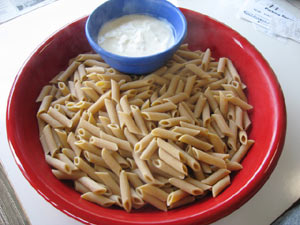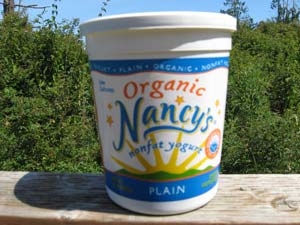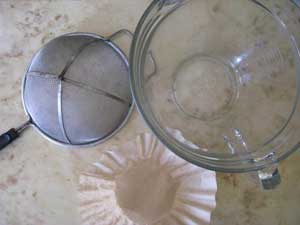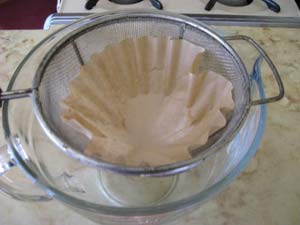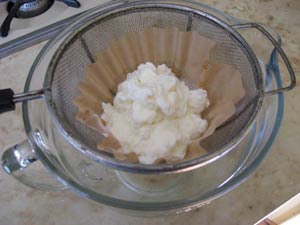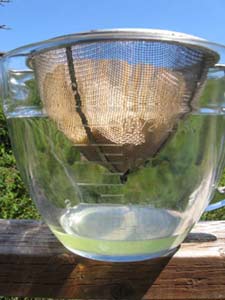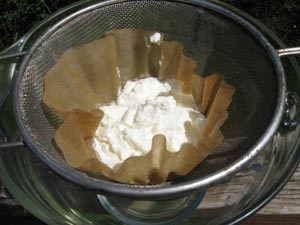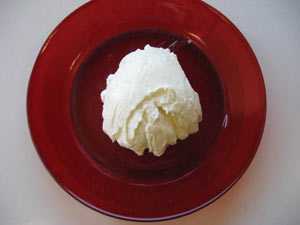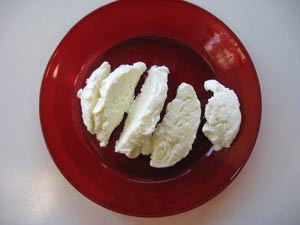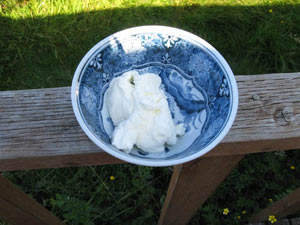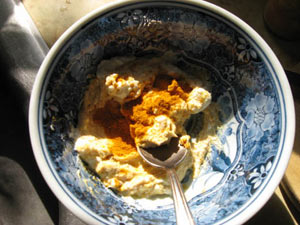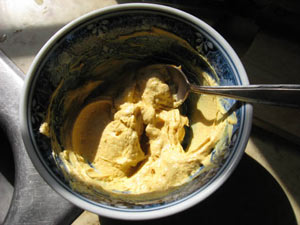Fresh vegetables are everywhere right now. Summer squash, cabbage, green beans, peppers sweet and hot, broccoli, tomatoes, beets, new potatoes, garlic, onions, corn, cukes, turnips . . . it’s happy high harvest season on the island and at your local produce stand. And what to do with all this bounty? Roast ’em.
Singing the praises of roasting veggies
- It’s a simple technique.
- It can be applied to dozens of different kinds of vegetables.
- You can do it in a toaster oven.
- It brings out the best in every vegetable. Delicious!
- It’s fast.
- It’s foolproof.
- Once you do it 3 or 4 times, it will become second nature for you.
The Process
- Prepare the particular vegetable by washing and drying (or shaking the water off of it), peeling if necessary, and chopping into fairly small pieces. (Don’t worry. There are lots of pictures to follow this explanation.)
- Put them in a pan and drizzle with a GOOD extra virgin olive oil. Dust with salt and pepper.
- Swirl them around in the pan to spread out the olive oil and coat the veggie pieces better.
- Put in toaster oven (or regular oven if you have a bigger pan and family) and roast at 425º for about 20 to 25 minutes. After about 15 minutes, remove the pan and stir and flip the veggies around a bit and put it back in until they’re “done.”
Some illustrations
Your basic tool besides a sharp knife or two and a cutting board is an oven. I live alone for now and use my trusty toaster oven. 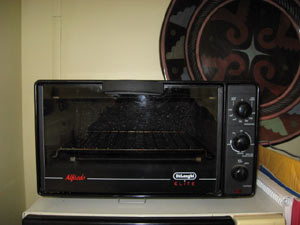 It’s pretty good sized and the pan that came with it, which you will see over and over, is about 9″ by 10″.
It’s pretty good sized and the pan that came with it, which you will see over and over, is about 9″ by 10″.
Then you need the three essential condiments:
- Extra Virgin Olive Oil. I don’t care what brand (though Spectrum and Trader Joe’s have some great ones). I buy what’s on sale before I run out and have the new bottle in the cupboard. My favorite is First Cold Press and organic. Whatever you buy for this should be a deep, flavorful green. It’s expensive compared to other oils, yes, but it’s a great value and it will make the quality of your food soar for a small investment. A little goes a long way.
- Salt . . . sea salt or kosher salt. These are real. The common, pourable “table salt” has other chemicals in it. Again, a little more expensive, but important for quality and health.
- Pepper . . . freshly ground. As in, you should have a pepper mill. I bought mine in the Dansk store in Copenhagen in 1970. It still works smoothly and gracefully. Always buy the best quality tool you can afford.

I’ve told you before that there are dozens of online movies and illustrations to show you how to clean an onion or mushroom and I don’t want to duplicate that. I want to get you thinking about preparing food in a “global” way rather than thinking that you need to follow a recipe.
Roasting veggies is a technique that can be applied in a bajillion ways. Here are some examples to whet your imagination.
In Spring, mid-April, asparagus is in season. Crimini mushrooms (baby portabellas), onions and cabbage are always available. Notice the olive oil drizzled on top.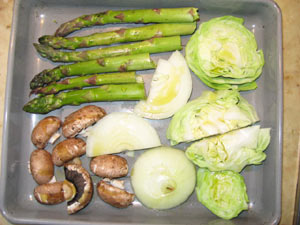
I stuck this pan into the oven set at 425º.
After about 15 minutes I took it out. Notice that there is steam coming off of it (fresh veggies have a high water content). The cabbage has begun to turn brown around the edges and the mushrooms have shrunk a lot.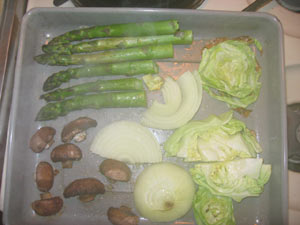
Then I stirred and flipped it a bit, and put the pan back into the oven.
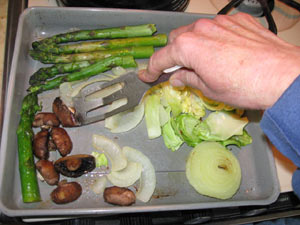
About 10 minutes later I had roasted veggies.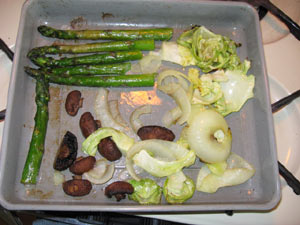
Here are more before and after pictures . . .
Asparagus+criminis+cauliflower before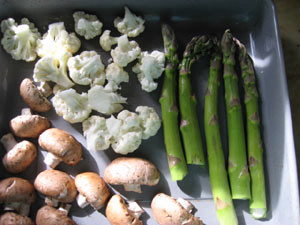 and after.
and after.
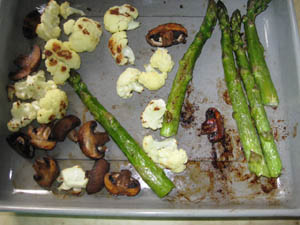 In May peppers were on sale for a dollar each. Before
In May peppers were on sale for a dollar each. Before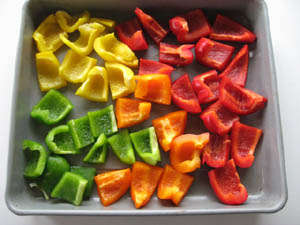 and after.
and after.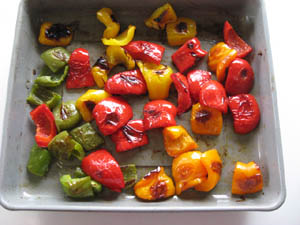
Here are zucchini and broccoli.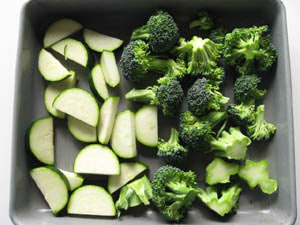 still steaming . . .
still steaming . . .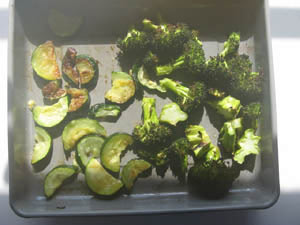
Zucchini and green beans. Note the pepper. I was in a peppery mood that day.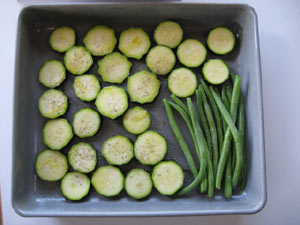
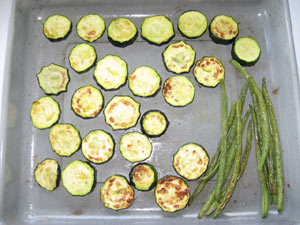
One more combo: zucchini, cauliflower and red pepper.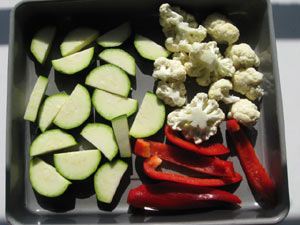
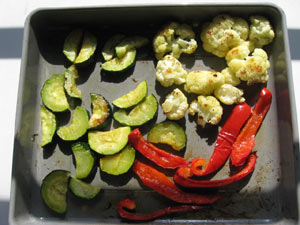
Enough already!
. . . with the pictures. I have successfully roasted everything you see above plus carrots, eggplant, tomatoes, potatoes, turnips, sweet potatoes, black radish, and some I’m sure I’ve forgotten.
I started doing this only about a dozen years ago with potatoes, garlic and fresh rosemary and I fell in love with them. Because I’m basically a lazy cook, I eat roasted veggies 5 to 7 days a week as one of my meals.
If you don’t like canned or “boiled” vegetables, it’s a sign of your good taste. Now try these. I’m serious! If you’re still skeptical, start with the potatoes with big fresh garlic chunks or whole cloves and fresh rosemary if you have it. To die for . . .
I have to go. A gorgeous purple cauliflower is calling my name. She asked me to hook her up with the purple pole beans she met in the fridge. I’m throwing in a couple carrots to chaperone. ARE THESE THREE NOT GORGEOUS? 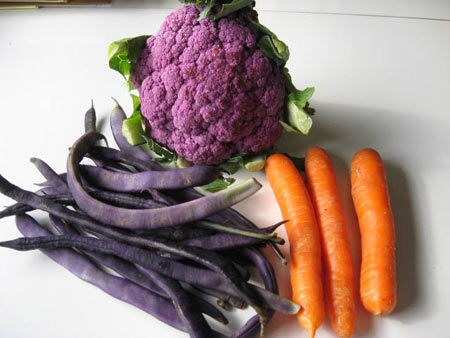
In food, as in all things, beauty counts.

